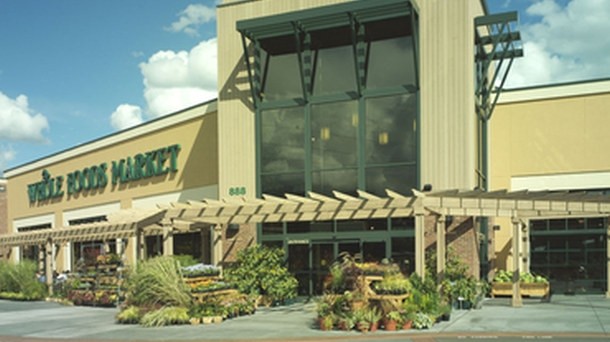Whole Foods Market tests novel food waste technology developed by ex-Microsoft execs

The beauty of WISErg’s Harvester devices - which can convert up to 4,000lb/day of food waste (from coffee grounds and meat/bone scraps to produce) into liquid that is later further refined and turned into a nutrient-rich fertilizer - is that they enable retailers to track exactly what they are throwing away, when, and use this knowledge to become more efficient, co-founder Larry LeSueur told FoodNavigator-USA.
While retailers already measure shrinkage in the sense that they know the difference between what is delivered to a store and what goes through the checkout, more granular data revealing exactly what is being dumped and when, can help pinpoint where and why waste is being generated, enabling stores to improve inventory management, address staff training issues, or change the way they work, he said.
It can also help retailers identify why one store is more efficient than another when it comes to managing its deli meats or salad bars, said LeSueur, who said some retail customers have chosen to purchase the Harvester machines, while others choose to pay a monthly service charge.
“We wanted to create something that is sustainable and economically viable, and the key to that is helping users to reduce how much waste they are generating in the first place, and turning what is generated into something more valuable.”
We wanted to create something that is sustainable and economically viable
Anaerobic digestion (turning waste into energy) makes perfect sense for farms or food manufacturers as an efficient way to convert large volumes of waste into gas/energy onsite, he said.

But it’s not the best solution for smaller amounts of food waste generated by grocery stores and restaurants in urban environments (where 700-4,000lbs of organic waste might be generated per day).
Meanwhile, composting options are not always available, and are more suitable for yard waste than food waste, which - if it is handled correctly - can be turned into high-value end products (in WISErg’s case, liquid fertilizer), he said.
“When you compost, organic matter breaks down and you get a degradation of all the nutrients - and a horrible smell. What we are doing in the Harvesters is stabilizing the organic matter so that the nutrients are preserved intact and the odors are eliminated.
“The liquid is then collected from the tank next to the Harvester and taken to a central facility where it undergoes treatment from two further micro-organisms which turn it into nutrient-rich fertilizer that our retail partners can sell in their stores.”
And for every 3,000 gallons of liquid material processed, just 3-7lbs of material is not used in the final product, he said. This is typically high-fiber materials or inorganic material.
No smelly odors
The Harvester, which invites users to punch in a security code and then enter what they are pouring into the device via a keypad and screen, also features built-in cameras that record and track the type of food loaded into the machine along with details such as weight, time, and ambient temperature - data that can be turned into actionable insights, he said.
“One of our customers noticed that over the summer months the volume of perishable food waste they were dumping was higher - and the data from the Harvester revealed that this was because the temperature in the store was two degrees higher than usual.
“If you’re throwing away 3,000lbs of organic produce, that’s probably worth around $20-30,000, so if you can reduce that - even by a small amount - by being smarter, the device will pay for itself.”
For servicing, the Harvester units are capable of real-time reporting and automatic transmission of diagnostic information, allowing WISErg to dynamically schedule servicing based on usage, he said.
Having spent two years perfecting the technology, which is being tested by several grocers in the Pacific Northwest, WISErg is now ready to scale up, and reckons its machines will be deployed nationwide in the next two to three years, said LeSueur.

















